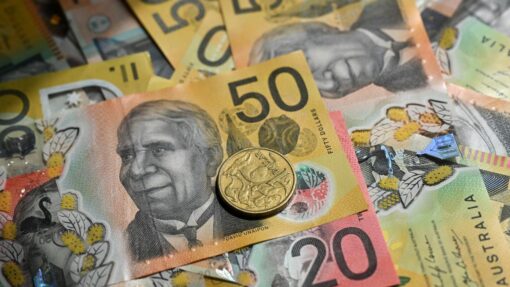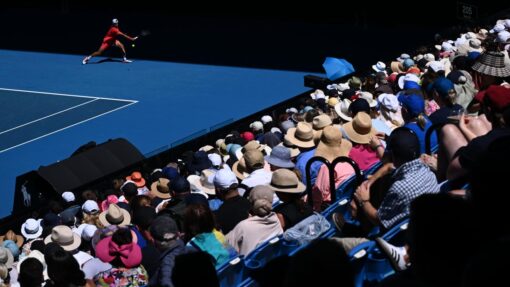Business activity goes off the boil as rate rises bite
Poppy Johnston |
The Australian economy is slowing after a slight improvement in business activity last month, as debate continues over further interest rate rises.
Surveying of services and manufacturing firms in March shows private sector output shrinking after improving in February.
Judo Bank’s “flash” purchasing management index (PMI), which provides an early indication of where the final survey results will land, fell from 50.6 in February to 48.1 in March.
A reading below 50 indicates an overall decrease for the month.
Judo Bank chief economic advisor Warren Hogan said the PMI results confirmed the economic slowdown that started in 2022 was continuing into 2023, with the composite output and new orders falling in March to their lowest levels since the Delta COVID-19 lockdowns in 2021.
“The March results are consistent with a soft landing for the Australian economy in 2023 and 2024 as the economy responds to higher interest rates,” he said.
Labour demand continues to ease across manufacturing and services firms, although many indicated they were still looking to expand their workforces in early 2023.
Price indicators also continued their downward trend but remained elevated.
Mr Hogan said it was impossible to say whether inflation would be back within the Reserve Bank target in a reasonable timeframe or not, with service industry input prices particularly high by historical standards.
“This suggests that both labour costs and energy prices are inflationary and could maintain upward pressure on many prices across the Australian economy in 2023.”
He said it would be a “very close” call between a pause and another rate hike for the RBA next month, with the recent financial instability and strong employment numbers feeding into the complexity.
Mr Hogan also said there was “no point” in pausing for a month and then hiking again.
“The RBA board need to get the cash rate to a level that they think will buy them the time to observe how the economy unfolds for at least three months, if not longer.”
HSBC chief economist Paul Bloxham said the central bank was likely to keep the cash rate on pause for “a number of quarters”.
His base case is for a break in April and then a long pause, with rate cuts unlikely any time soon unless it becomes obvious inflation is returning to its target band rapidly.
While he said there were plenty of reasons for the RBA to “be a bit more cautious than otherwise”, including how households manage their big savings buffers, there were signs of a cooling economy.
“Once the RBA is convinced that inflation has peaked and that the unemployment rate has troughed, we expect them to pause,” he said.
“Although jobs growth was strong in February it followed weakness in the previous two months, the unemployment rate looks to be past its trough and other timely indicators suggest the jobs market is loosening a bit.”
Financial turbulence, including the collapse of Silicon Valley Bank and UBS’s takeover of Credit Suisse, would also lead to more tightening of financial conditions than would otherwise have been expected.
“This should help to deliver more global disinflation and thereby assist the RBA in seeking to lower local inflation faster,” Mr Bloxham said.
AAP


